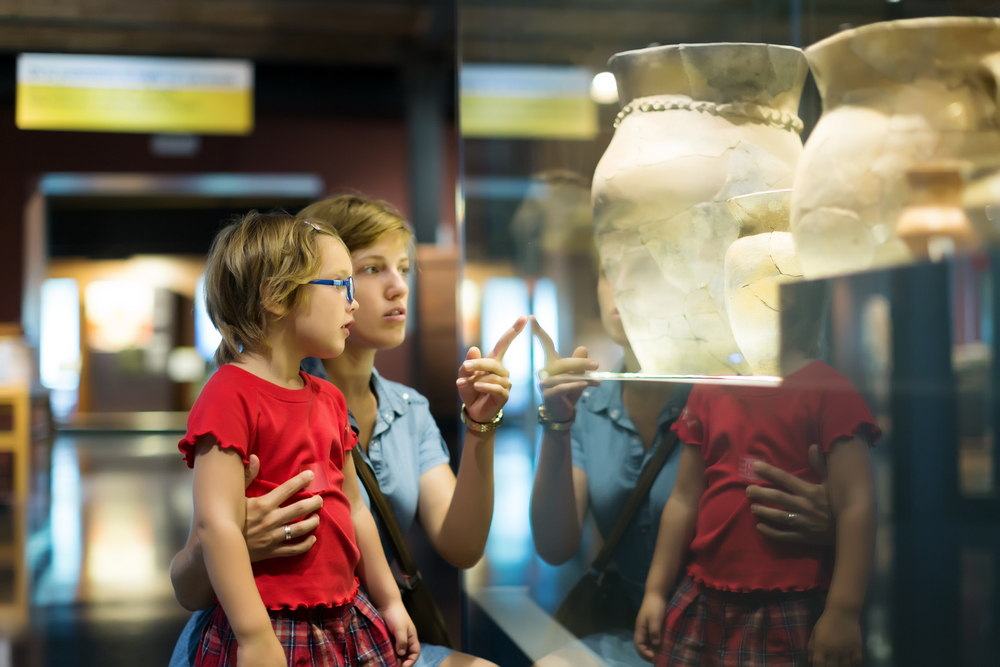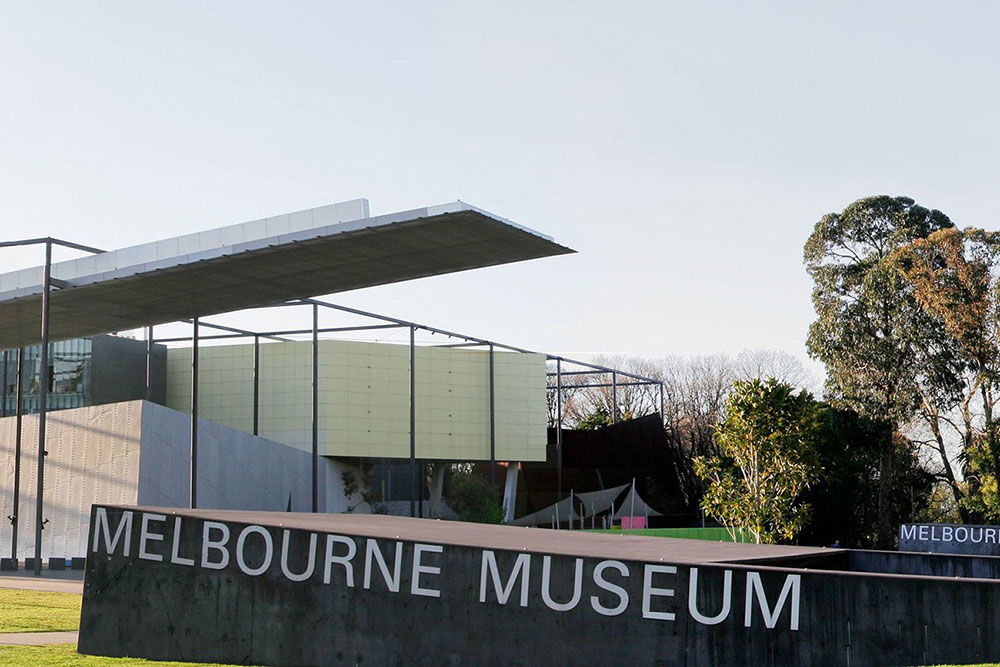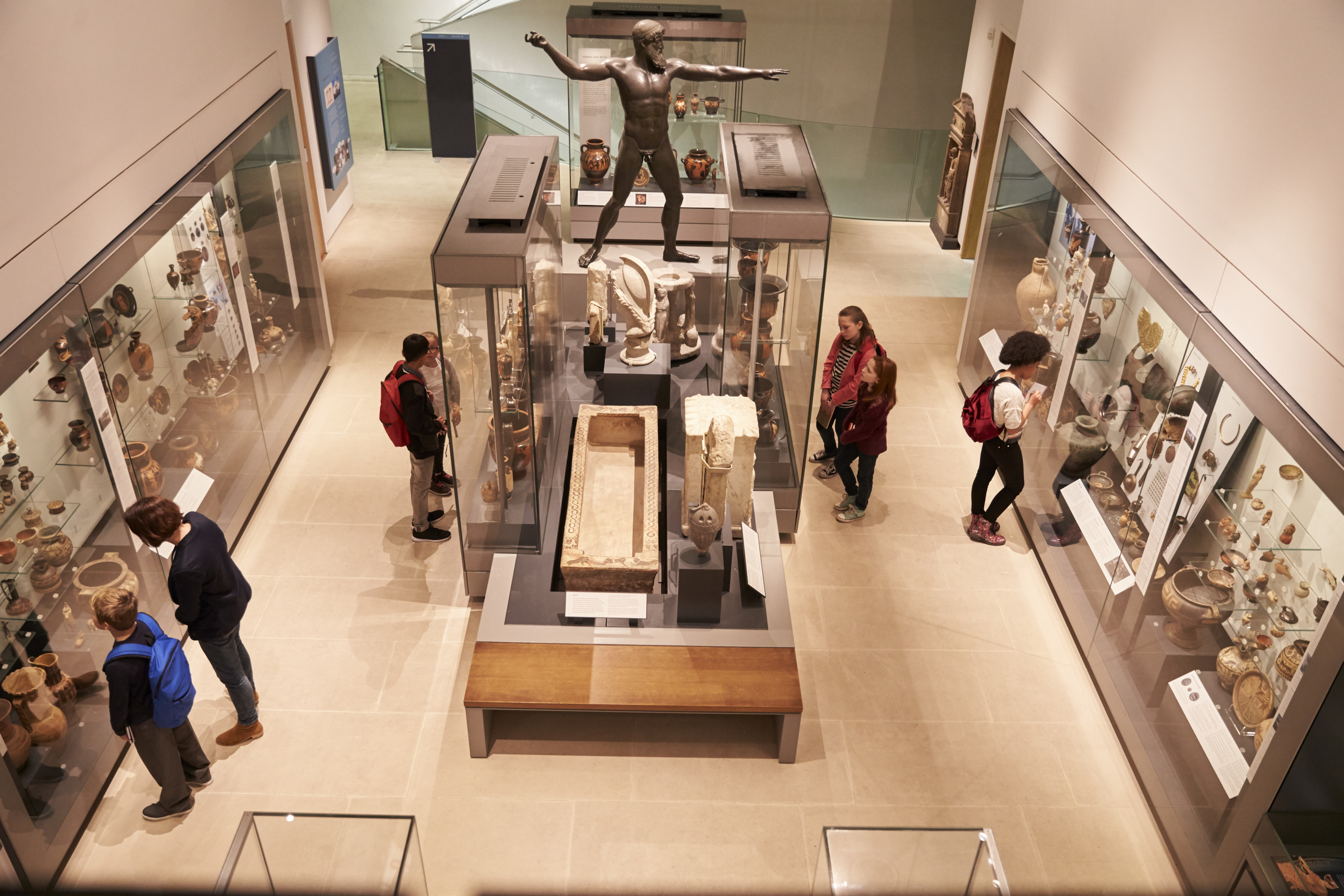
Arts & Culture
Putting museum power on the map

Bluetooth technology has helped reveal how visitors explore museum exhibitions, and how much they learn in the process
Published 11 December 2018
Museums are an important setting for informal learning; their invaluable collections and purposefully designed spaces mean learning can happen almost ‘accidentally’.
But making these learning opportunities available to as diverse an audience as possible is a constant challenge.

Visitors come to museums with varied backgrounds, motivations, interests and prior knowledge, which influence what, when and where they visit and engage.
This limits how much museums can personalise the learning experience. But our research shows that technology can help provide individualised experiences that enhances learning.

Arts & Culture
Putting museum power on the map
Learning in museums is an autonomous experience, with visitors taking an active role in planning, monitoring, controlling and reflecting.
We know from decades of research into self-regulated learning that it is important to understand the goals and initial interest people bring to the learning situation. These drive behaviour and learning in different settings, including in museums.
In museums, ‘initial interest’ is related to how interested visitors are in the exhibition topic at the outset of their visit. ‘Goals’ are related to the intentions or the different ways in which individuals can approach different situations.
Four types of goals are relevant to learning in museums:
Mastery: wanting to learn more about specific topics
Performance: wanting to learn more than others
Hedonic: seeking fun or passive enjoyment
Social: wanting to communicate and share their experience with others

In our research, we found similar results to traditional education settings: visitors with different goals have different visitation patterns, use learning strategies differently and leave the museum with different outcomes.
We asked 116 visitors about their goals and initial interest at the start of their visit to the Mind exhibition at the Melbourne Museum, which is part of the museum’s permanent collection.

Sciences & Technology
Extinct Tasmanian tiger now back in 3D
Two groups emerged from our analyses: one had higher scores than the other in all goals and in their initial interest - this is the ‘highly engaged’ group.
We then used Bluetooth technology to track the two groups’ movements around the exhibition.
Several devices emitting a Bluetooth signal, or beacons, were strategically placed around the exhibition while participants carried a mobile phone that automatically connected to each beacon. This provided us with information on the sequence of exhibits people visited, the number of times each exhibit was visited and how long participants spent at each exhibit.
When comparing the two groups, we found the highly engaged group visited more exhibits and tended to go back into the exhibition to revisit exhibits more than the less engaged group.
At the end of their visit, we asked visitors about their learning experience and also found significant group differences.

The highly engaged group were more likely to adopt deeper levels of cognitive processing about exhibition content, like trying to tie learned information back to their own experiences, seeking out connections between exhibition content and searching out further information on their own.
The less engaged group, on the other hand, were more inclined to read exhibition titles and seek out interactive exhibits, rather than trying to cognitively process and reflect deeply on exhibition information.

Arts & Culture
The legacy of a great scientific hoax
In addition, highly engaged visitors reported higher levels of perceived learning and interest development than the other group; so, they’re more likely to look for more information about the content of the exhibition after their visit.
Learning is one of the main intended outcomes of museums. Our research provides further evidence that visitors’ goals shape their visitation patterns and their learning experience.
But technology doesn’t just help us understand how learning happens in museums, it can also enhance visitors’ experiences.
The Bluetooth technology we used offers potential to provide personalised guides to visitors based on their visitation patterns, as the beacons can also send information back to mobile devices.

For example, museums could suggest other exhibits visitors might enjoy based on what they’re engaging with - “if you liked these exhibitions, you may also enjoy that”.
They could also provide additional information on topics in which visitors show particular interest;“did you know this? To learn more, visit that exhibition”.
Our museums offer a wealth of learning opportunities catering for a wide range of interests; helping visitors get the most out of their experiences can help make these available to as many people as possible.
Banner image: Shutterstock